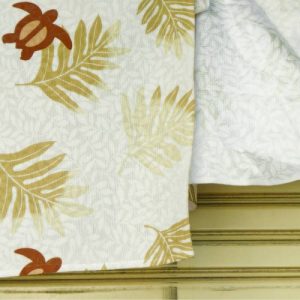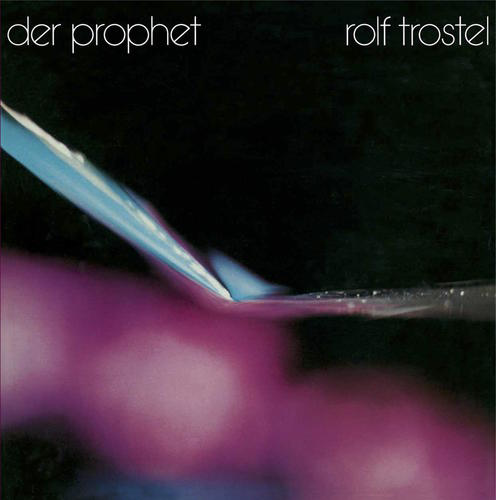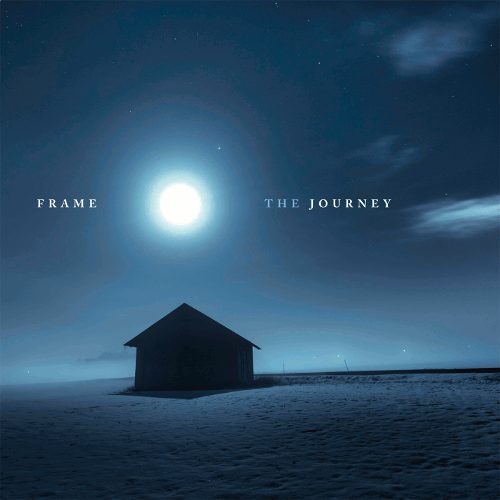 The latest release from sound sculptor Wil Bolton takes the listener on a journey in seven distinct parts through a diffuse landscape populated by everyday sounds that are framed in such a way that everything around us appears languid and slightly unfamiliar; that intoxication that comes from an unknown country, the first visit holding smells and tastes and sounds that are unfamiliar.
The latest release from sound sculptor Wil Bolton takes the listener on a journey in seven distinct parts through a diffuse landscape populated by everyday sounds that are framed in such a way that everything around us appears languid and slightly unfamiliar; that intoxication that comes from an unknown country, the first visit holding smells and tastes and sounds that are unfamiliar.
Wil’s idea was to capture sounds that he could use to replicate the colour palette of a particular woodblock print, all subtle pastel shades and washed-out hues, so he has managed to take these city discoveries and transplant them to a more pastoral environment. The random chimes that occur through out the pieces really do evoke an idyllic rural situation, but the field recordings ensure that each section is totally unique, in the same way that a walk through a landscape is always changing due to to what is happening around you. These recordings ground you in the journey and you feel yourself following a path, each turn causing you to assimilate new experiences and sensations.
Some of the pieces on Sumida Colours are less vibrant than others, taking on more of a reflective tones, if that particular leg of the journey were lonelier somehow with less to see and hear; but the warm drift, the intermittent birdsong and the ever-present chimes follow you gently. The more you block out the external world, the more this album has to offer you, with changes of the ambient textures altering your perspective. There are instruments scattered across the album, but used in such a way that they are almost disembodied, unfamiliar echoes of their former selves — at least until the final track, “Tatekawa Bridge”, in which pretty, soft and slightly jazzy synthtones echo through the rush of water. Its reminiscence of some of Martin Duffy‘s solo work is a pure coincidence, but it does draw the listener back into the real world before the album closes.It is a real sensory adventure that for me accomplishes more than even Wil perhaps expected. Sumida Colours furthers their desire to release only standout work which takes the listener somewhere fresh and unexpected. Long may that continue.
-Mr Olivetti-



